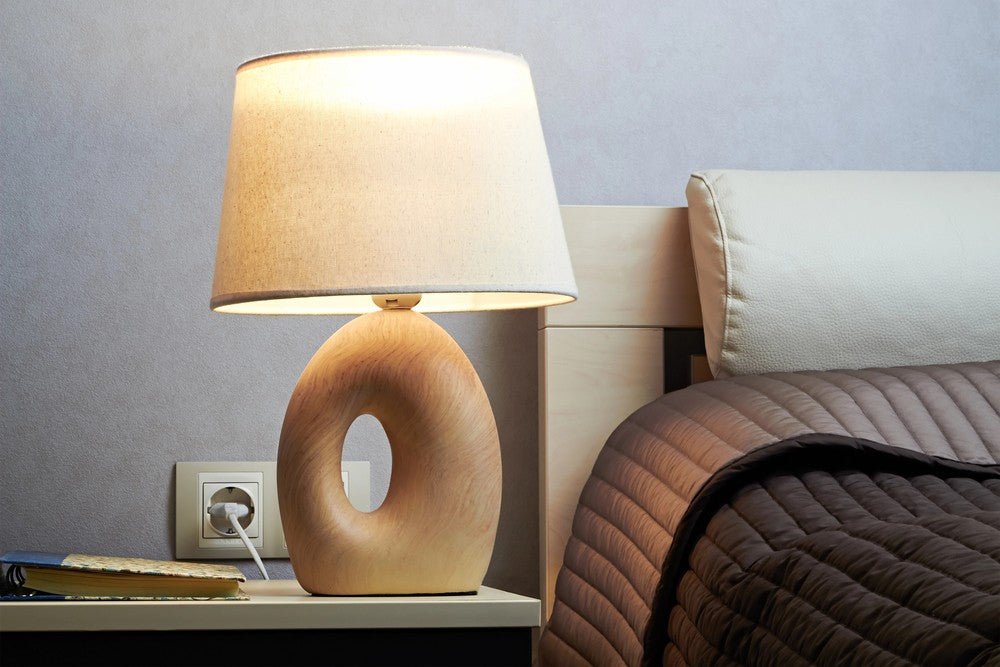
Choosing the right lampshade style for hotel rooms is crucial in creating a welcoming and comfortable environment for guests. The perfect lampshade not only enhances the room's aesthetics but also provides the right ambiance and lighting. In this guide, we will explore how to pick a lampshade that complements your hotel room's design, ensuring a pleasant stay for your guests.
Understanding the Room's Theme
The first step in how to pick a lampshade for a hotel room is to consider the overall theme and style of the room. Whether the design is modern, traditional, rustic, or eclectic, the lampshade should complement and enhance the existing decor. For instance, in a modern setting, a sleek, minimalist lamp shade with clean lines and neutral colors works well, providing a sophisticated look that aligns with contemporary aesthetics.
Conversely, in a traditional or vintage-themed room, a more ornate shade with decorative elements and rich fabrics might be appropriate, adding a touch of elegance and timeless charm. Additionally, rustic themes may benefit from natural materials like burlap or woven textures, which can enhance the cozy and inviting atmosphere. By matching the lampshade style with the room's decor, you create a cohesive and harmonious look that makes the space feel thoughtfully designed and well put together, contributing to an overall positive guest experience.
Considering the Lighting Needs
Different areas of the hotel room require varying levels and types of light, which is a crucial factor when choosing the right lampshade. Understanding the specific lighting needs of each space helps in selecting a lampshade that provides the appropriate illumination. For instance, a reading nook or bedside area may benefit from a lampshade that directs light downward, offering focused illumination for activities like reading or working on a laptop.
In contrast, areas that require general ambient lighting, such as the main living space, would benefit from a shade that diffuses light evenly around the room, creating a warm and inviting atmosphere. Assessing the lighting requirements ensures that guests have the right amount of light for different activities, enhancing their comfort and experience.
Choosing the Right Size
Size is a crucial factor when selecting a lampshade, as it significantly impacts both the aesthetics and functionality of the lamp. A shade that is too large can dominate the space and look disproportionate, while one that is too small may not provide sufficient lighting or appear visually awkward. To determine the appropriate size, start by measuring the lamp base. A good rule of thumb is that the width of the lampshade should be roughly twice the diameter of the lamp base.
Additionally, the height of the shade should be about two-thirds the height of the lamp base. These proportions ensure a balanced and visually appealing look. Furthermore, consider the placement of the lamp in the room; for instance, a bedside lamp might require a smaller shade to avoid overpowering the nightstand, whereas a floor lamp can accommodate a larger shade.
Selecting the Appropriate Shape
Lampshades come in various shapes, including drum, empire, bell, and rectangular, each offering a distinct look and feel. The shape of the shade should complement both the lamp base and the room's decor. Drum shades are versatile and work well with most lamp bases, offering a contemporary and clean-lined appearance suitable for modern settings. Empire shades, with their classic tapered design, provide a more traditional look, adding elegance to vintage or formal decor.
Bell shades, known for their graceful curves, can introduce a touch of sophistication and softness, perfect for a romantic or classic ambiance. Rectangular shades offer a modern, structured look that pairs well with sleek, geometric bases and minimalist interiors. When selecting the shape, consider the overall design theme of the room and the visual harmony between the shade and the base.
Considering the Material
The material of the lampshade plays a significant role in both its appearance and the quality of light it emits. Different materials offer varying levels of light diffusion and can create distinct atmospheres in a room. Fabric shades, such as those made from cotton, linen, or silk, provide a soft, warm glow, creating an inviting and cozy ambiance.
These materials are versatile and come in a variety of colors and patterns, allowing for easy coordination with the room's decor. On the other hand, paper shades can offer a clean, minimalist look but might be less durable over time. Metal and glass shades can provide a more contemporary and industrial feel, often directing light more precisely and creating striking visual effects. When choosing the material, consider the desired ambiance and the room's overall design.
Coordinating Colors
Color coordination is essential in ensuring that the lampshade blends seamlessly with the room's decor, creating a harmonious and visually pleasing environment. Neutral colors like white, beige, or gray are versatile options that can complement a wide range of color schemes, providing a subtle elegance without overpowering the existing decor. These shades are ideal for creating a calm and serene atmosphere. If you wish to add a pop of color or create a focal point, consider a lampshade in a bold or contrasting hue that matches accent colors in the room.
This can add vibrancy and interest to the space. Additionally, patterns and textures can introduce depth and dimension to the decor.
Ensuring Functionality
While aesthetics are important, ensuring the functionality of your lampshade is crucial in a hotel setting. Guests need practical lighting solutions that cater to various activities, from reading and working to relaxing. The lampshade should not obstruct the light but rather enhance it, providing adequate illumination where needed.
Lampshades made from sturdy materials that can withstand frequent use and cleaning are ideal. Additionally, think about how the shade affects light distribution; for example, a shade that diffuses light evenly can create a warm, inviting atmosphere, while one that directs light downwards is perfect for reading or task lighting.
Understanding how to pick a lampshade for a hotel room involves considering the room's theme, lighting needs, size, shape, material, color coordination, and functionality. By taking these factors into account, you can select the perfect lampshade that enhances both the aesthetics and comfort of the hotel room, ensuring a pleasant stay for your guests.

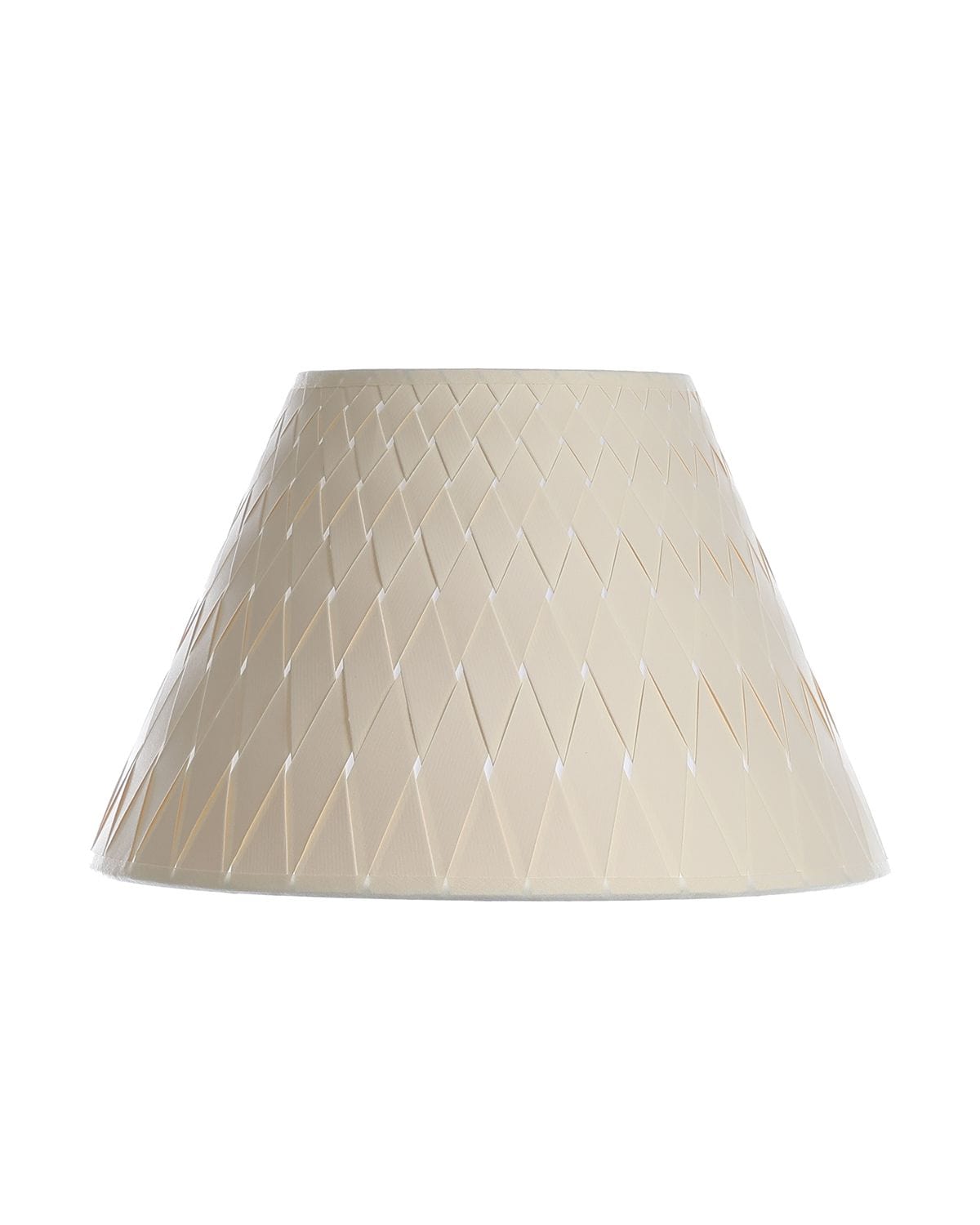
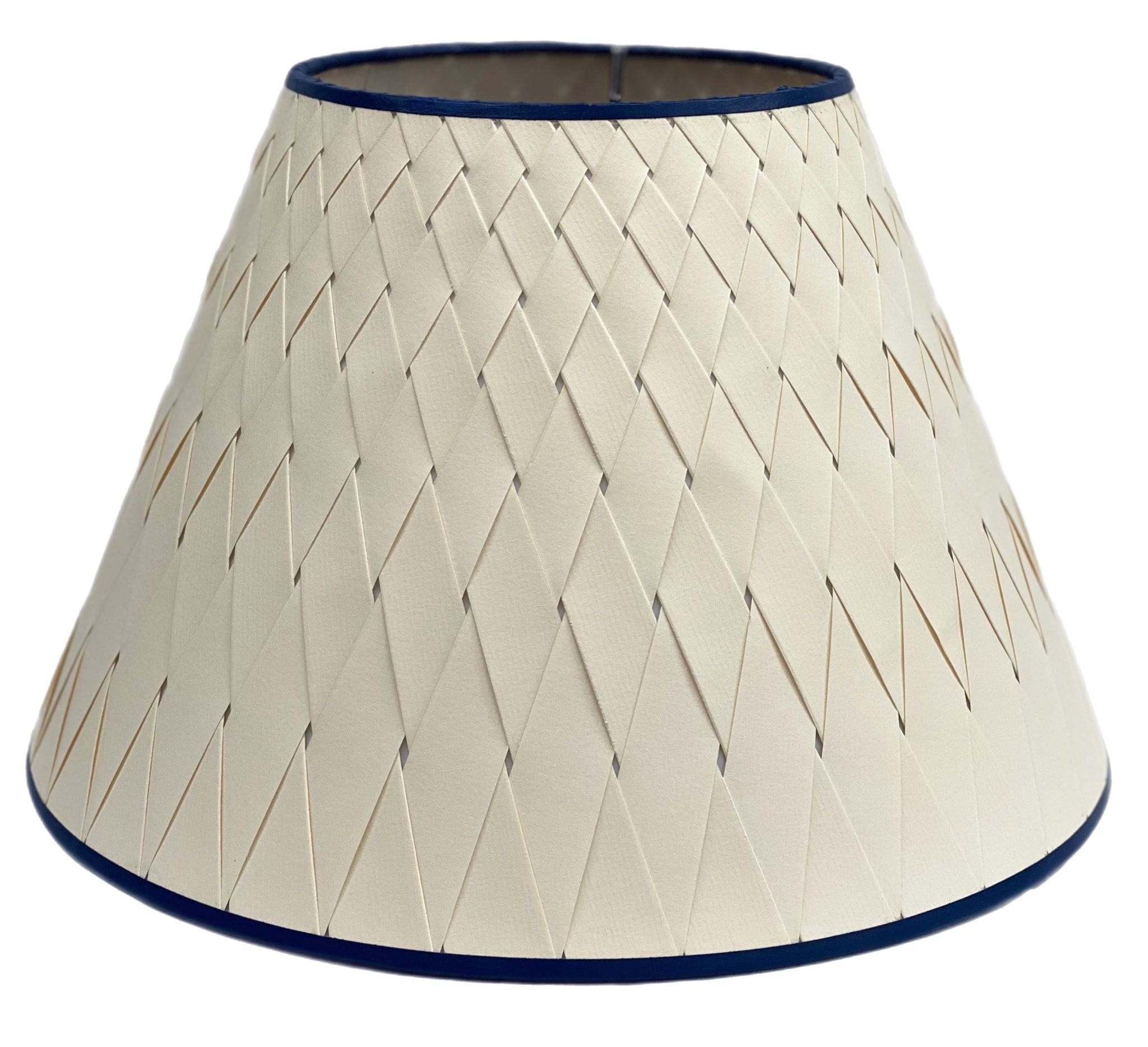
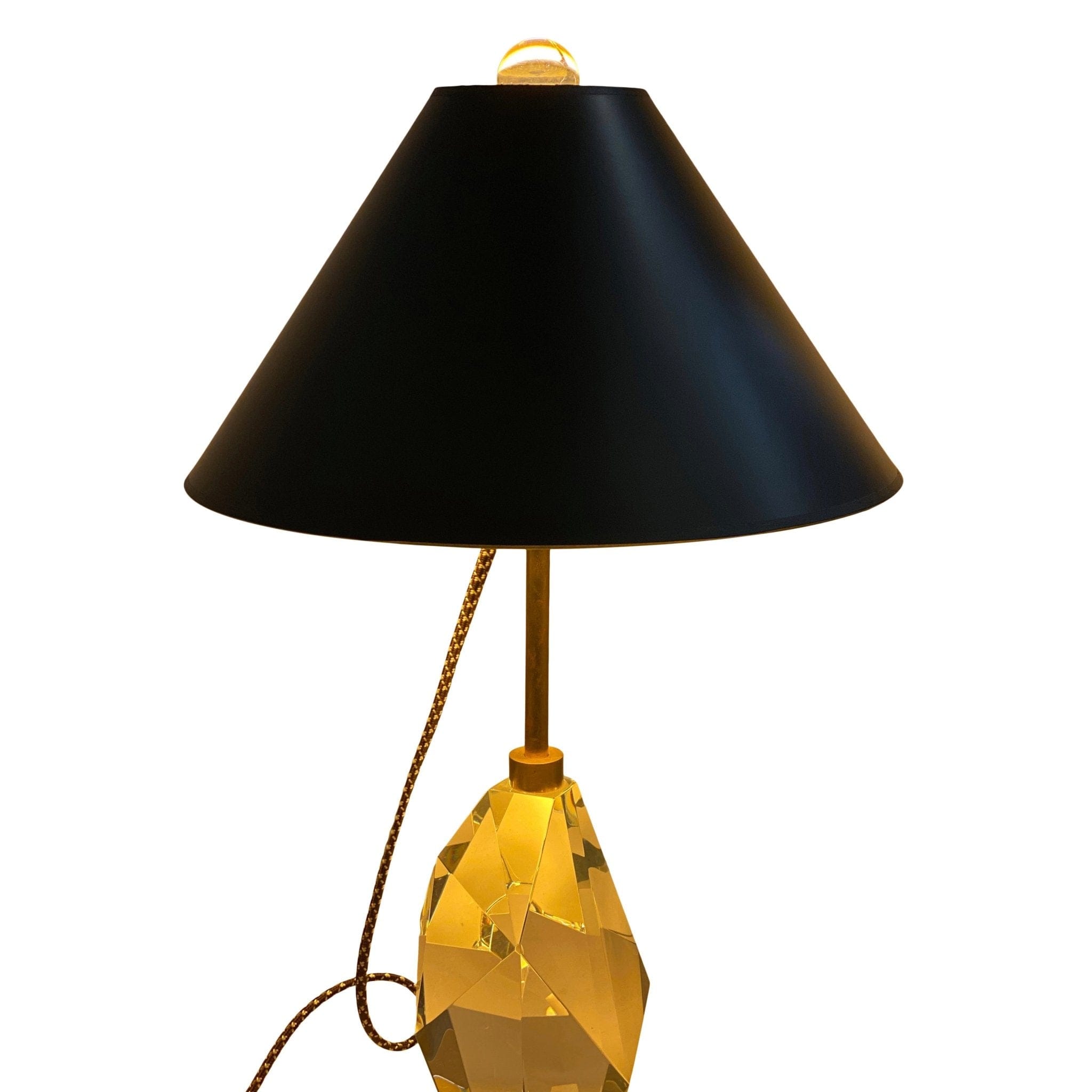
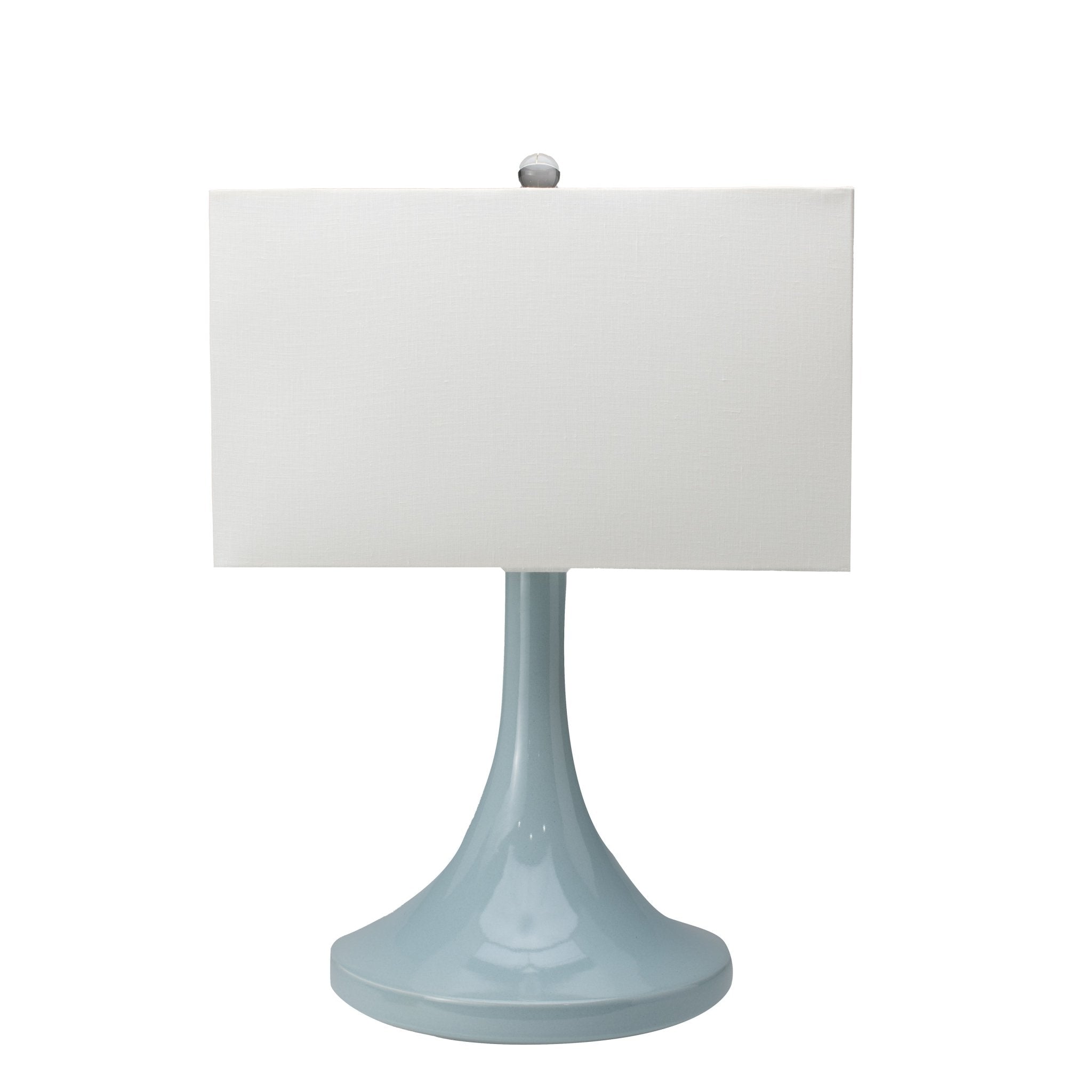

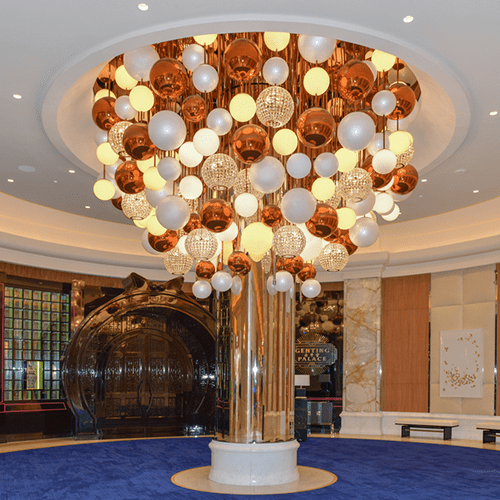


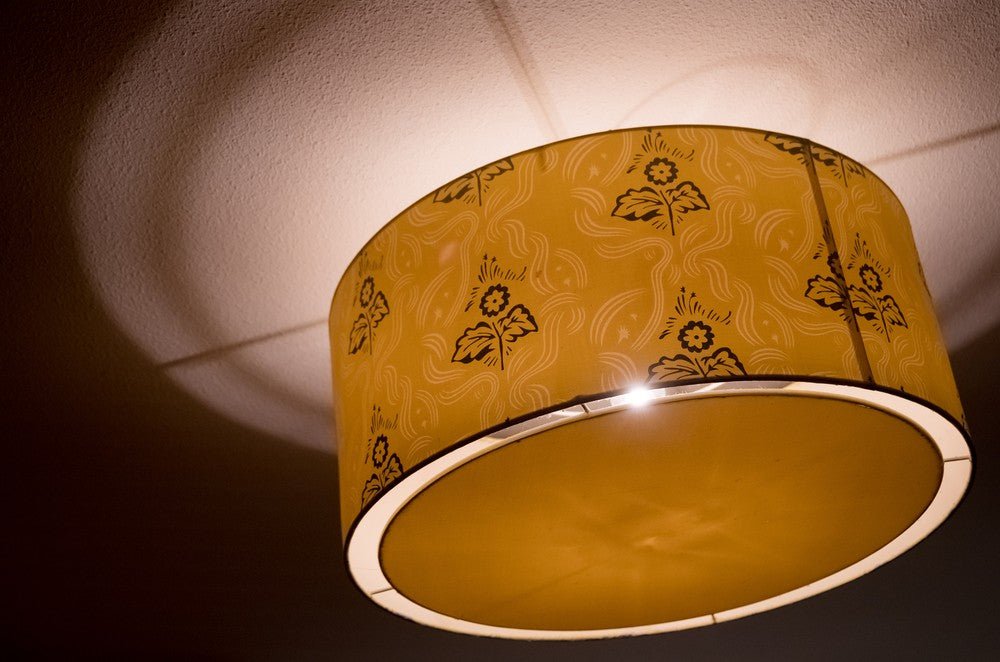
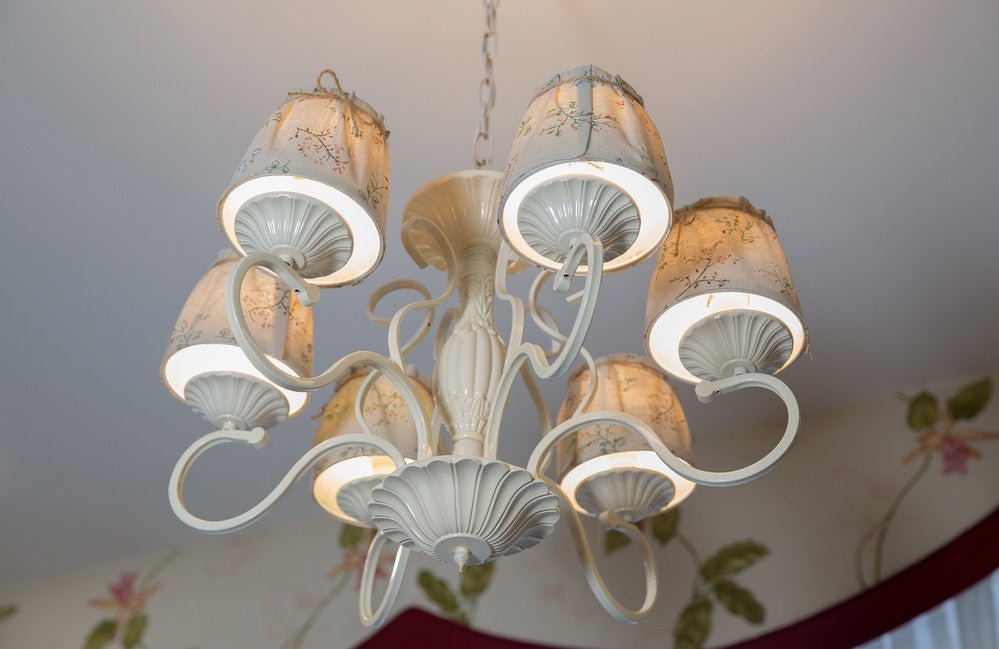
Leave a Comment
Your email address will not be published. Required fields are marked *